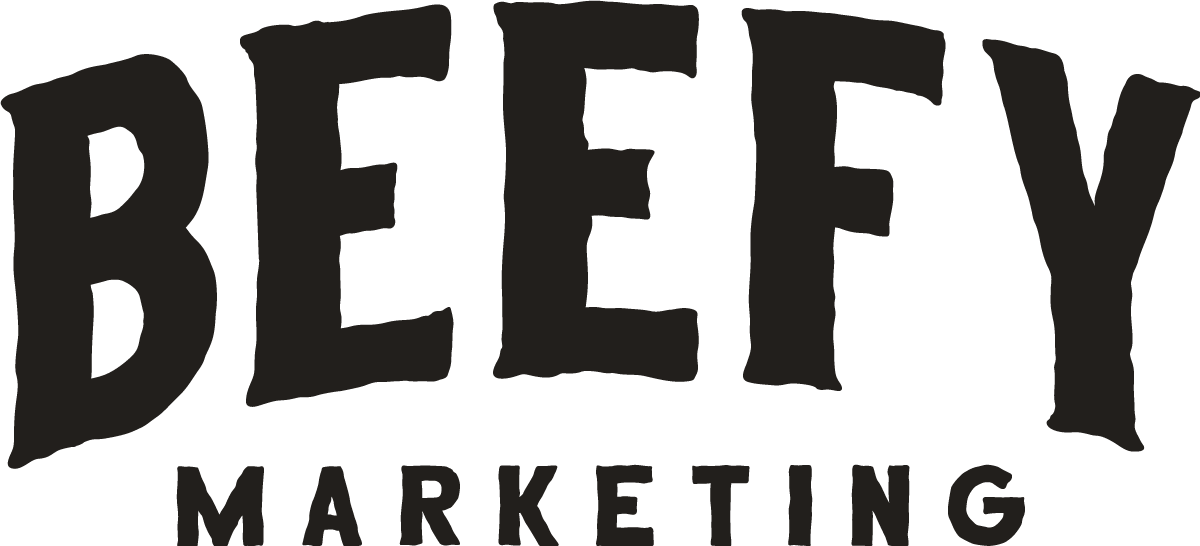Webinars might be one of the most useful, flexible, and comprehensive tools in your entire inbound marketing toolkit. What other piece of marketable content can generate leads, establish your brand’s authority, gain your audience’s trust, showcase products, and train existing customers? Nothing else in your marketing arsenal even comes close. However, the webinar can be something of a gamble given the live nature of the event. You’ve got to create and deliver a quality presentation, configure all the technical aspects, and then generate audience participation and interaction all in one very live take. It can be daunting to say the least, but let me assure you, it’s worth the risk, because when your webinar goes according to plan, the reward is pretty great.
Though it might be tempting to think of webinars specifically in terms of lead generation, they can actually be leveraged at every level of your inbound marketing strategy when properly understood. Not only that, but a successful webinar can shorten a customer’s journey through the funnel, creating a shorter sales cycle, and create more existing customers. What else can webinars do for your business? Check out how you can begin to incorporate webinars into every level of your inbound strategy:
- Top of the Funnel // Brand Awareness & Lead Generation
The most obvious ways that webinars move the inbound strategy forward are by creating high quality leads and producing brand awareness. Because of the depth and breadth of content that webinars can cover, they can generate more interest than other kinds of content and the interest they generate is potentially more targeted than other lead magnets. If someone is seeking out information at the level and depth offered by webinars, there’s a very high chance that person is close to begin making considerations about which product they’re going to purchase. Not only that, but also due to the longer format, webinars used as part of your top of the funnel strategy produce brand awareness and connection. Webinars give you the opportunity to establish your brand as one of the leading authorities in your industry, and when that authority is coupled with high levels of engagement and interaction, your audience can come away feeling very connected to your brand. - Middle of the Funnel // Product Showcasing
Once a potential customer has moved into the consideration stage of their journey they need to see your product or service in action, and once again, webinars excel in this area. Through a live video feed, they can see what all your product or service has to offer, giving you a chance to put your best foot forward and to immediately interact with your audience’s questions and concerns. Webinar’s are so effective at this stage in the funnel because they allow you to set the tone of the conversation, which when handled correctly can boost your brand’s credibility even further along, a critical component at this point of the customer’s journey. And, as I mentioned earlier, webinars can shorten the customers journey by informing them more quickly and thoroughly, helping you to cut down on the time needed to nurture each lead through other forms of content. Besides, think if you were a customer at this stage, would you rather spend time reading about the product, or would you want to see what it can do? - Bottom of the Funnel // Customer Resourcing and Training
Just like webinars help to establish brand awareness, connection, and trust in potential customers in the other two parts of the funnel, the same can be true when webinars are used for existing customers who are at the bottom of the funnel. Once your potential customers have been converted into actual customers, resourcing and training them to use your product to its fullest extent can be incredibly draining, especially when you begin to see and anticipate all the needs your existing customers have. Instead of handing them some length PDF manual, whitepaper, or directing them to a lengthy and complicated FAQ page, use webinars to resource and train your customers. This is an effective way to continue to develop an even stronger connection and relationship with your existing customers, helping them feel valued and cared for.
The Beef
The inbound marketing strategy is built on building brand trust with your audience by resourcing them with content that matters. Request an assessment from Beefy today to see how we can propel your inbound marketing strategy forward by helping you create a brand that matters to customers at every stage of their journey.



